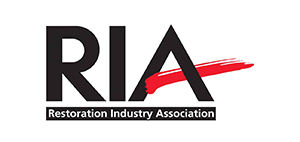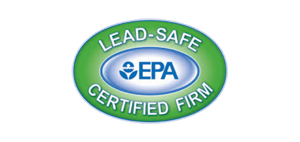After water damage, acting fast is key to protect your home and health. Taking immediate steps can lessen the damage and costs later. It doesn’t matter if it’s from a leaky appliance, sewer backup, or a natural disaster. Stopping the water flow and finding its source are the first steps.
Keeping everyone safe and securing your property is crucial. This might mean turning off the power to avoid electrical hazards. It’s also wise to call experts like Emergency Flood Team for help with fixing water damage and stopping mold.
Key Takeaways
- Identify the source of water and stop it to mitigate further damage.
- Ensure all inhabitants’ safety by shutting off electrical power.
- Quickly contact your insurance provider to start the claims process.
- Document all damage with photos and notes for accurate claims.
- Begin the cleanup and drying process immediately to prevent mold growth.
- Consider professional services for thorough water damage restoration.
Locate and Stop the Water Source
The first step in fixing water damage is to find where the water came from. It’s important to know if the water is clean or if it’s contaminated. Once you know where the water came from, you need to stop it right away to prevent more damage.
Identify the Source of Water
Stopping water source problems means finding where the leaks are. Look around the property to see where the water damage started. This step, called water damage source determination, is key to handling water issues well.
Shut Off the Main Water Supply
After finding the source, the next step is to turn off the main water supply to the house. This stops more water from getting into the damaged area. Homeowners should know where the main water valve is and make sure it’s easy to get to in an emergency.
Evaluate Safety Concerns
After turning off the water, check for safety risks. Watch out for dangers like electrocution, structural problems, or other hazards. If there’s a risk to the circuit panel or electrical systems, call the utility company to turn off the power. This helps avoid electrocution or fire risks.
What Should I Do Immediately After Water Damage?
Once you’ve stopped the water flow, it’s time to act fast. You need to protect your home and keep everyone safe.
Turn Off Electrical Power
For electrical safety, turn off the power right away. If the circuit panel is wet or you can’t reach it safely, don’t try to turn off the power. Call a licensed electrician who can do it safely and right.
Contact Your Insurance Company
Then, quickly contact your insurance company about the water damage. Tell them how bad it is and start the claim process. Some policies cover sewer backups or plumbing failures, but you might need a separate flood policy. Have your policy ready when you call.
Document the Damage
Start documenting the damage right away. Take clear photos and videos of everything affected. This is key when you’re filing a claim with your insurance company. Adjustors will need this evidence to process your claim quickly. Plus, insurers can suggest experts for fixing water damage and removing mold.
Begin Initial Cleanup and Drying
After ensuring safety and contacting your insurance, start cleaning up water damage right away. Quick action helps prevent more damage and stops mold from growing.
Remove Wet Items
Begin by taking out wet items like furniture, rugs, and personal stuff. Throw away soaked carpets and items that can’t be saved to stop mold. Make sure the area is open for drying. Don’t move big appliances like refrigerators until an electrician checks them for safety.
Dry Out the Affected Area
Use dehumidifiers, fans, and air movers to dry out the area fast. Dry everything well, using these tools for several days if needed. These steps lower moisture in the air and on surfaces, reducing damage and improving air quality. Good air flow is key to getting rid of extra moisture.
Prevent Mold Growth
Mold can start in just 24 hours with moisture, so stopping it is crucial. Clean surfaces with the right products once dry to get rid of mold spores. Keep humidity low in your home to prevent mold. If the damage is big, consider hiring water restoration experts who have the right tools and knowledge.
Conclusion
Homeowners need to act fast when dealing with water damage. First, stop the water and check for electrical dangers. Then, talk to your insurance company right away and document the damage.
Next, remove wet items and dry the area well. This step is key to fixing the damage. Not doing it can lead to mold issues later.
Stopping mold growth is also crucial. Even after the first steps, keep an eye out for mold. If the damage is big, you might need professional help.
It’s important to take steps to prevent future damage. Regular checks and fixing issues quickly can help. These actions are key to fully recovering from water damage and making your home safe again.




















